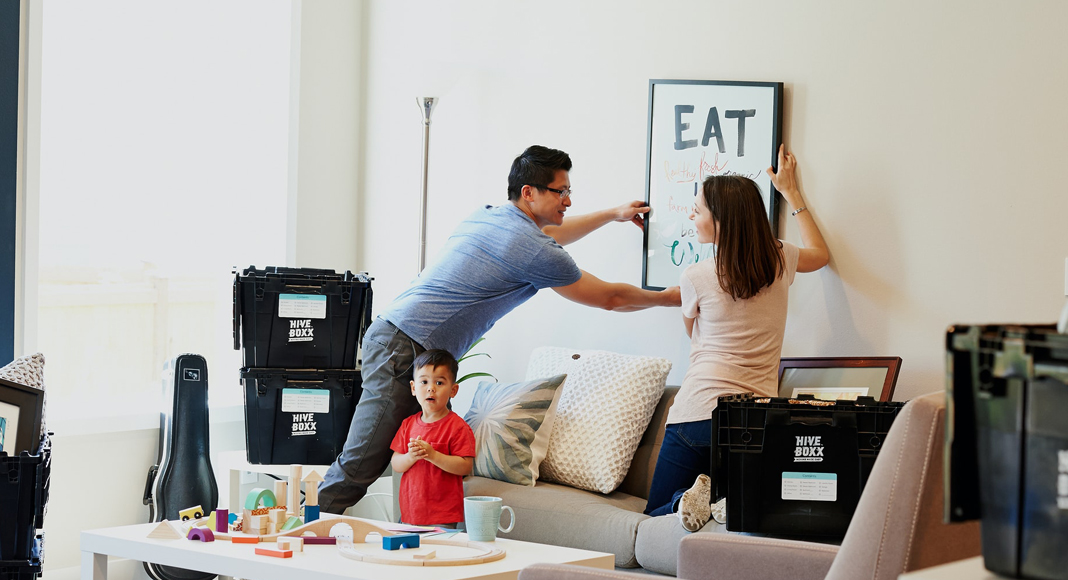I’m currently in my last semester of my master’s degree, emphasizing in Reading and Literacy to accompany my elementary education degree. I have been shocked at how many of my classes have claimed to be “best reading practices” but have actually been a ten-week-long course on reading with the lens of multiculturalism and diversity. Multiple times over, I’ve been asked to confront my biases and lean into the uncomfortable feelings that come with issues of racism, privilege, and unconscious or conscious biases.
And it is hard.
It is hard to let your guard down and try to figure out what racist leanings you have, what biases you may manifest without even realizing it. It is hard to recognize that you may not be completely innocent when it comes to people with diverse backgrounds. It is hard to challenge those feelings you have and to question where they came from.
But these hard things, they get easier the more educated you become. Soon, your resolve to do better because you know better overcomes feelings of guilt or shame that may accompany your biases. During this time of political and racial unrest, doing better because you know better should be on everyone’s agenda.
Take a look at the children’s books you have in your home. How many of them depict people of color? How many of them show children with disabilities? Children who speak different languages? And how many of them have these characters as the main character?
Take a look at the way you speak in your home. Are you freely using language that you wouldn’t use at the supermarket or in a group of people you don’t know very well? Are you speaking out about groups of people in anger and frustration? Are you even talking about minority groups in your home? And if so, in what light? Talking explicitly about race and racism is hard, especially when you do not feel educated on these issues.
Take a look at the way your children speak at the playground. Are they welcoming others to play with them, including those who are visibly different? Those who have developmental differences? Are you embarrassed by the things your children are saying, and if you are, why?
Take a look at the television you watch. How many depict people of color in important roles? People of color as main characters? People with disabilities as something other than just the comedic relief or the character that lightens the mood when things get heavy? What about the movies your children watch? How are the characters speaking to one another? How do the characters face diversity within their world?
The hard things you will have to do to combat issues or race or privilege starts with really pondering on the above questions. Afterward, the next hard step is asking yourself, like I have for the past year, “Now what? What can I do?” And the answer to this question is hard too. Because it takes time, patience, empathy, and understanding. It takes research, connection, uncomfortable feelings, and perhaps uncomfortable action. But let me give you some first steps that I have discovered in the year of research I have done on the topic.
- Become aware of your own biases, even if they are subconscious. Harvard has released implicit bias tests (https://implicit.harvard.edu/implicit/takeatest.html) that take three minutes or so each. These tests navigate several topics such as race, sexuality, disability, and religion bias. Take the tests and read your results. As you read your results, recognize that even a minimal bias still means that there is room for improvement.
- Do not take a colorblind of disability-blind approach. This minimizes the beautiful differences people have. This tells your children to keep these differences unspoken and therefore to hide recognition of them until they become the elephant in the room. Speak with your children about race, disabilities, and other topics within the multicultural spectrum.
- Keep your bookshelves from being colorblind. Check out books at the library with intention, finding books that represent multiple people of color, biographies concerning people of color, and books that talk about issues of race, racism, disabilities, and cultural differences. There are thousands of children’s books at your local library that meet all of these criteria if you are willing to take the time to find them.
- Keep your Netflix, Hulu, Amazon Prime, etc. from becoming colorblind. Be intentional with your selections. As you watch, question the cast, the script, and the themes being presented.
- Research these issues yourself with an empathetic eye. Research can come from watching movies, reading books, looking up articles, and speaking, no, listening to members of your community. Research can also be analyzing the books, movies, and TV shows your children consume and determining if there is a springboard for discussion from these media pieces.
- Make connections with your community. Obviously going out and trying to find a “token friendship” is not appropriate. What is appropriate is making connections with people who are different from you, whether it is having a friendly conversation at the grocery store or welcoming your neighbors over for dinner. However, doing anything with the intention to not be seen as racist/ableist is inappropriate. If your only conversation with these people is how to not be racist/ableist, or issues of race/ability, you are not making a friend or making connections. You are only using them for their color or disability.
- And finally, resolve to continue to do better, not just in the wake of political unrest. Not just when someone dies. Not only when national news outlets break a story. Keep pondering, keep researching, keep advocating. Keep listening and making connections. Do not stop and wait for the next earth-shattering event.











